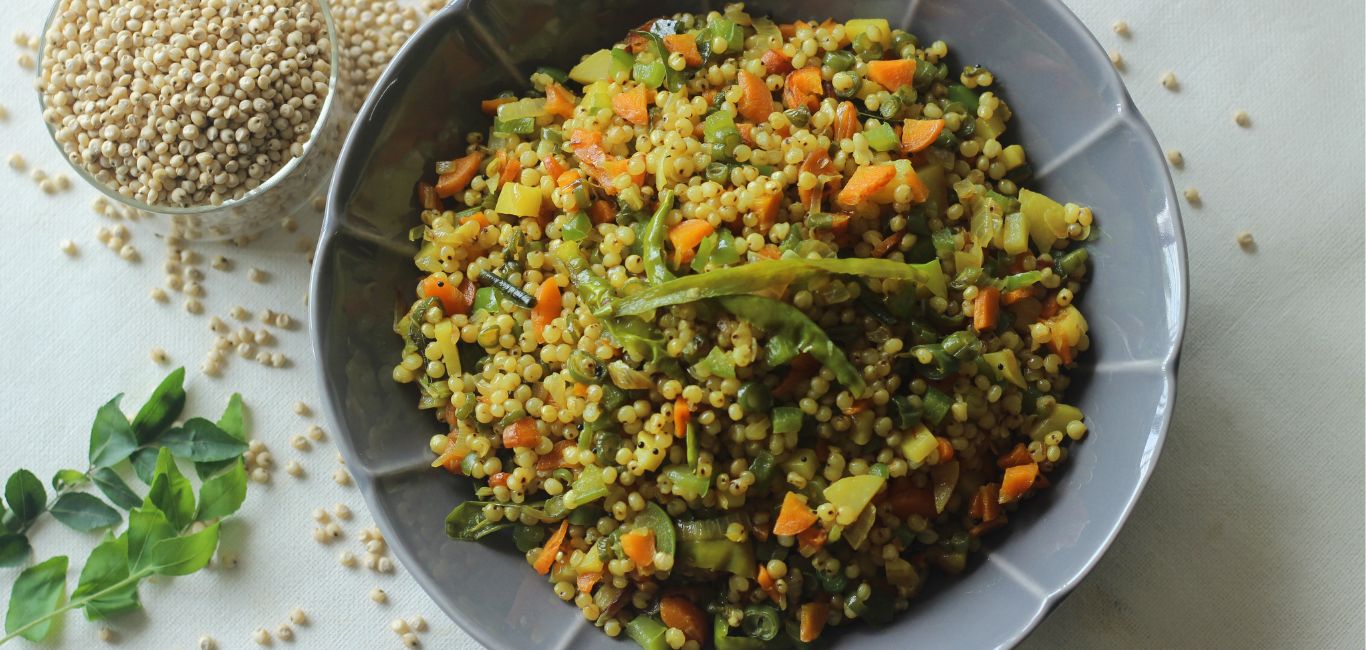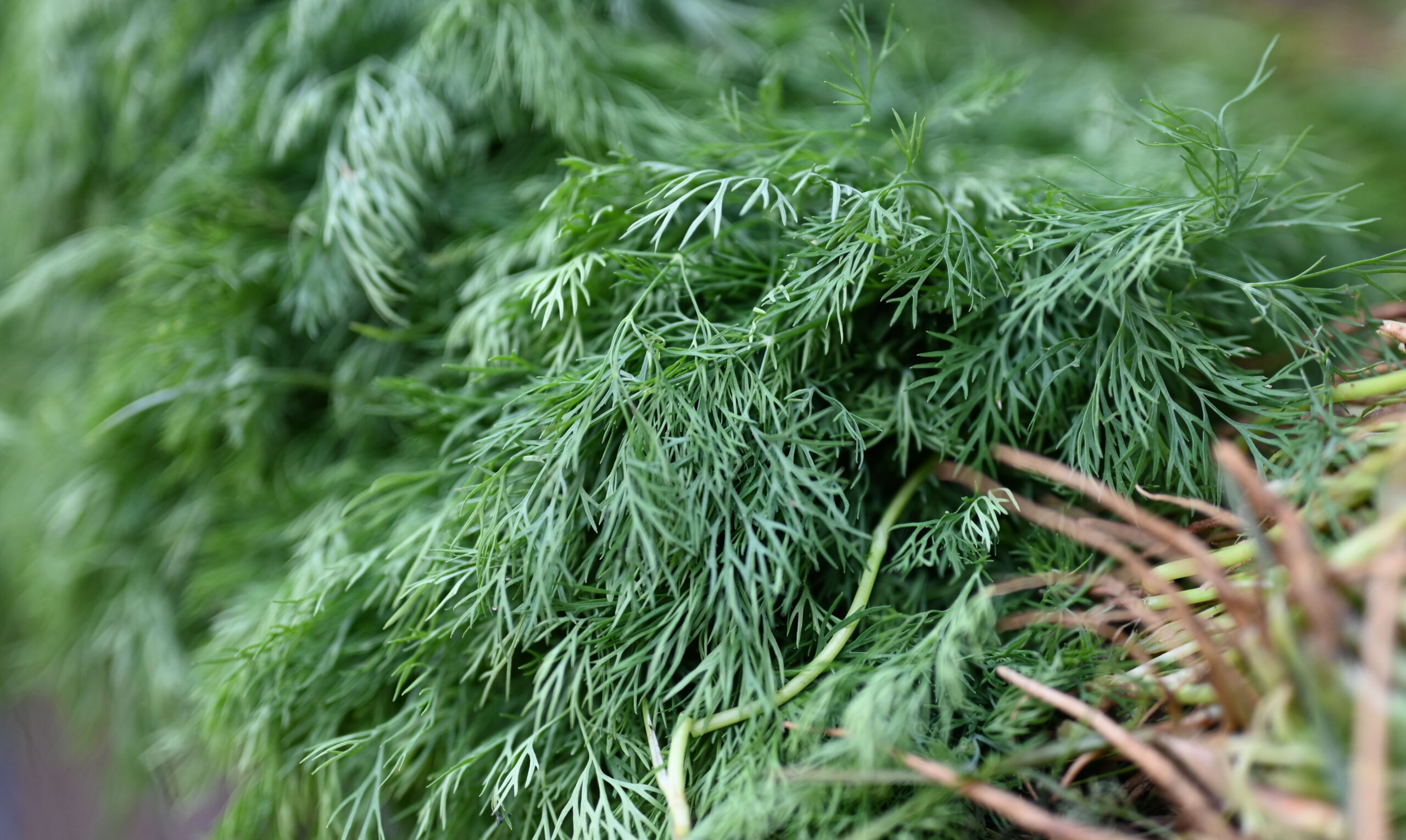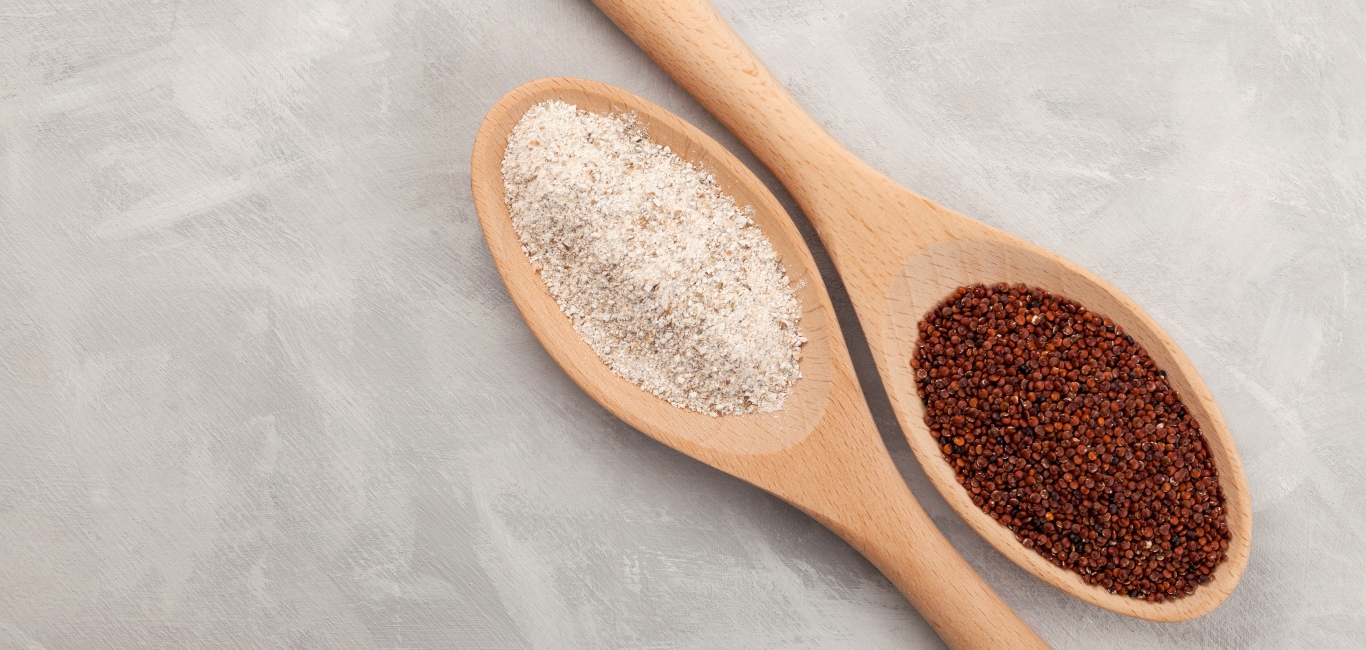
Finger millet, popularly known as ragi in most parts of India, is considered one of the functional millets and a staple food. It is often used as an early baby food as well as for the elderly as it is easy to digest.
In addition to macronutrients like , protein and fibres, ragi is packed with micronutrients calcium, magnesium, methionine, lysine and amino acids.
Sakshi Gandhi, a nutritionist from Universal Diet Academy & Clinic, Mohali, Punjab, lists the many benefits of ragi.
- It keeps the satiety or the feeling of fullness for a long time
- help with weight loss as it has an essential amino acid called tryptophan which reduces appetite and gives a feeling of fullness for a long time)
- maintains blood sugar levels, which is beneficial for diabetics
- It is gluten-free: it can be useful for those with gluten intolerance
- It has low fat and is rich in unsaturated fat
- It is a good source of calcium, which improves bone health
- Sprouted ragi l fulfils Vitamin B12 needs
- It keeps the body warm and is regarded as a winter food
- It is helpful in constipation (as it is rich in fibres)
Does ragi suit all?
Who should avoid ragi or seek medical advice before including it in their diet? Here is a check list.
- Those with kidney issues like kidney stones, acute kidney failure, or those undergoing dialysis
- Those with hyperkalemia or increased levels of serum potassium, as ragi is high in potassium
Ragi is also not recommended for dinner as it takes a long time to digest.
Here are three tasty and nutritious recipes with ragi provided by Jayashree T Rao, food blogger and recipe developer from Ballari, Karnataka
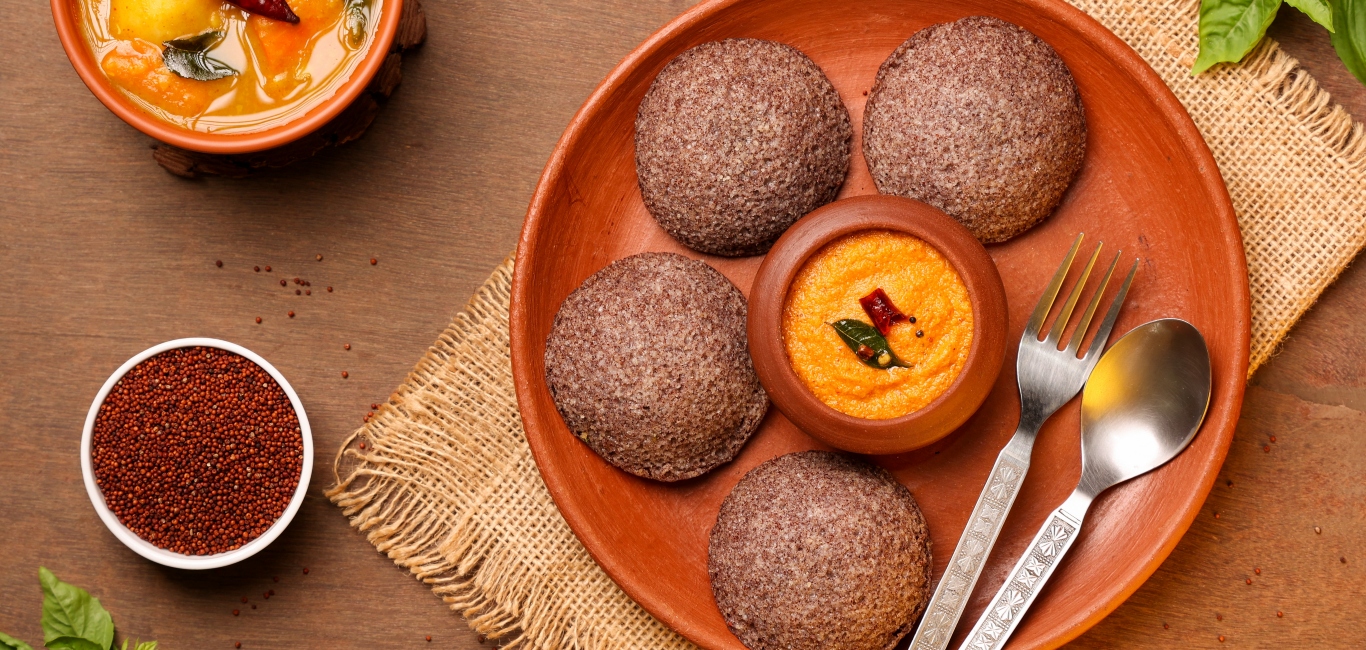
-
The breakfast: Quick ragi idli
The regular South Indian idli is a fermented cake (or dumpling)
made with a batter of rice and black gram. Here is a quick variation of an idli.
Ingredients
- 1 cup of finger millet flour
- 1 cup semolina (i.e., sooji/ rava)
- 1 cup sour curd
- fresh coriander (finely chopped)
- salt (as per taste)
- water as required
- 1/2 teaspoon baking soda
- OPTIONAL: 1 carrot, washed, peeled and grated
- 1 onion, chopped fine
The preparation
For the batter
- Take ragi flour and semolina in a wide bowl
- Add salt and curd to it, mix well to a smooth, `dropping’ consistency, and keep the batter aside for at least half an hour
- Prepare a seasoning: crackle some mustard seeds in hot oil; add cumin seeds, cashew pieces, a few pieces of red/dry chilis and a few curry leaves
- When the seasoning cools, add it to the ragi-semolina batter
- Optionally, add the cut vegetables and chopped coriander
- Mix some water to adjust the consistency
For making idlis
- Heat water in an idli steamer as recommended and put it on a low flame.
- Add and stir in baking soda to the batter (this is normally done just before cooking); and pour the batter into the idli plates/moulds.
- Steam the plates for 15 minutes on a moderate flame followed by five minutes of cooking on a low flame.
- Check to see if the idlis are done; Turn the stove off.
- Let the idlis cool in the moulds for 5 minutes; carefully ease the idlis out of the moulds.
Rao mentions some pointers to keep in mind:
- The curd should be sour
- Soon after adding baking soda, put the batter in the mould and keep it to steam
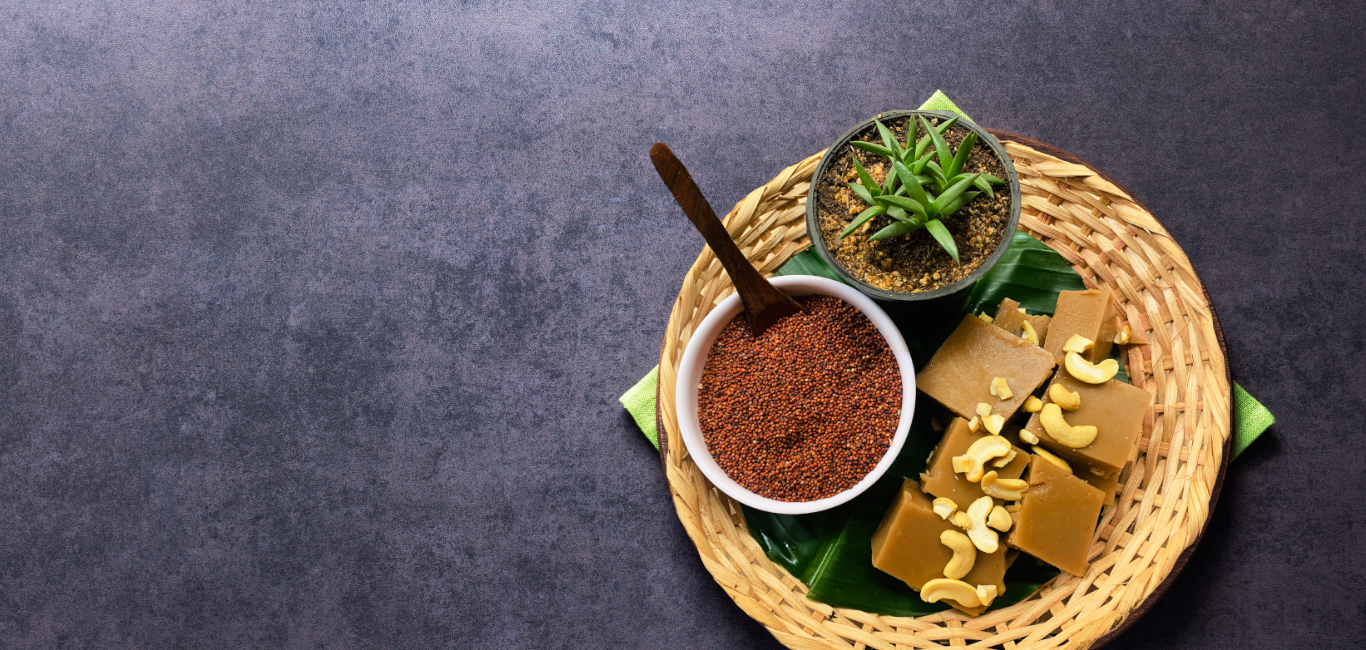
-
The dessert: Ragi halubai/Finger millet fudge
Ingredients
- 1cup ragi, whole grains
- 1cup jaggery
- 1cup fresh coconut, grated
- 2tablespoons ghee or clarified butter
- 5cups water
- 1/2teaspoon cardamom powder
- Cashews for the topping
Method of preparation
- Soak ragi for five hours
- Drain the water and grind ragi and grated coconut fine, occasionally adding a little water
- Strain this liquid through a sieve to get clear `milk’
- Grind the residue again with some water and strain it further
- Make jaggery syrup by adding a cup of water to jaggery in a pan and cook it on low flame
- Let it cool. Strain the jaggery syrup to remove any
- Heat the jaggery syrup and the clear extract of ragi on a low flame
- Add some ghee to it and keep stirring continuously
- Add cardamom powder once it becomes a thick mass, without sticking to the pan). Mix it well and allow it to cool for five minutes.
- Grease a plate with ghee. Spread the cooked ragi fudge on the and let it
- Cut it into small squares, garnish them with roasted cashews
Note: Pick and clean the ragi grains well before use. Wash it multiple times with water.
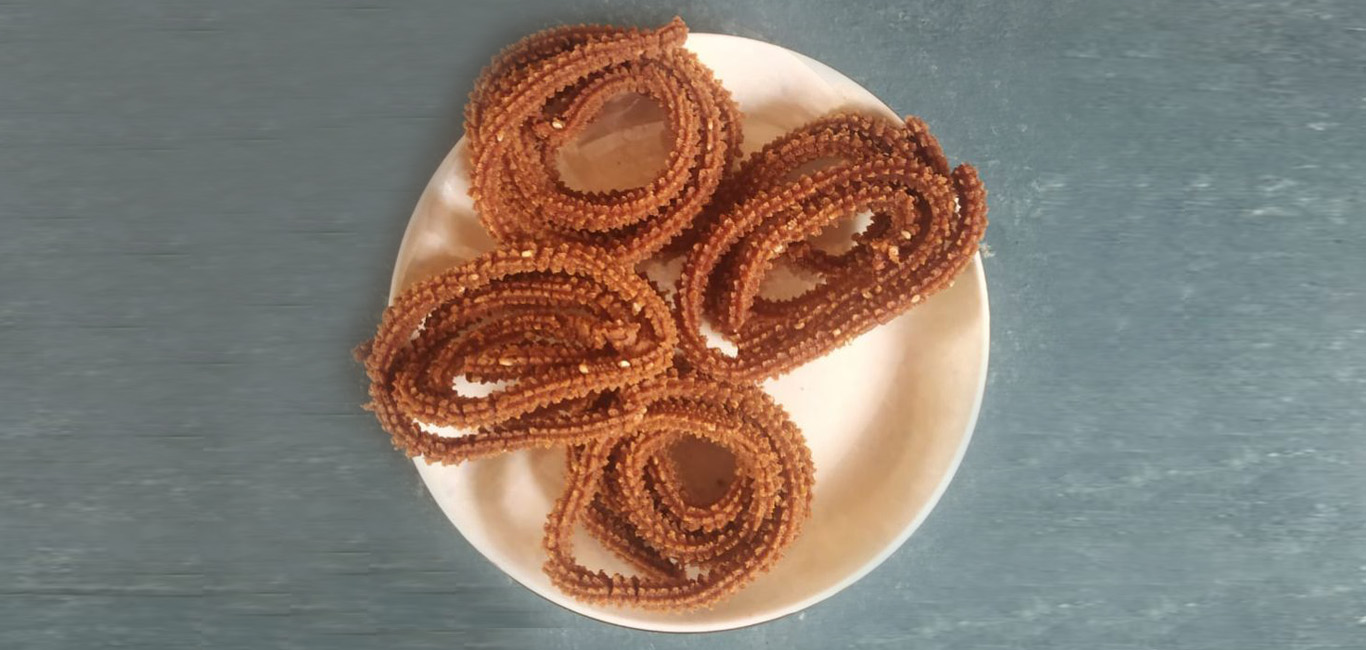
-
The crisp savoury: Ragi chakli / chakkuli
Ingredients
- 1 cup ragi flour
- 1/2 cup rice flour
- 1/4 cup roasted gram flour
- 1 tablespoon hot oil
- 1 teaspoon chilli powder
- 1 teaspoon sesame seed
- Salt to taste
- Water as required for mixing
- Oil for frying
Preparation
- In a bowl, take ragi flour, rice flour, gram flour, chilli powder, sesame seeds, salt and mix well.
- Add butter to this and mix it well into the flours with fingers. Make a pliable dough with a little water. The dough should neither be too hard nor too soft
- Heat oil in a frying pan
- Grease inside a chakli mould and put some dough and press it to make roundels or chaklis
- They can be pressed directly into the oil, or made on butter paper and gently slid into the oil
- Deep-fry the chaklis to golden brown colour uniformly on both the sides. Use tissue papers to drain excess oil. Store the cooled chaklis


